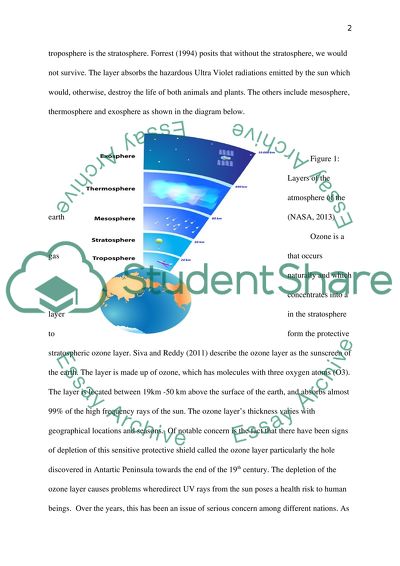Cite this document
(“OZONE LAYER DEPLETION Essay Example | Topics and Well Written Essays - 2500 words - 1”, n.d.)
OZONE LAYER DEPLETION Essay Example | Topics and Well Written Essays - 2500 words - 1. Retrieved from https://studentshare.org/environmental-studies/1645552-ozone-layer-depletion
OZONE LAYER DEPLETION Essay Example | Topics and Well Written Essays - 2500 words - 1. Retrieved from https://studentshare.org/environmental-studies/1645552-ozone-layer-depletion
(OZONE LAYER DEPLETION Essay Example | Topics and Well Written Essays - 2500 Words - 1)
OZONE LAYER DEPLETION Essay Example | Topics and Well Written Essays - 2500 Words - 1. https://studentshare.org/environmental-studies/1645552-ozone-layer-depletion.
OZONE LAYER DEPLETION Essay Example | Topics and Well Written Essays - 2500 Words - 1. https://studentshare.org/environmental-studies/1645552-ozone-layer-depletion.
“OZONE LAYER DEPLETION Essay Example | Topics and Well Written Essays - 2500 Words - 1”, n.d. https://studentshare.org/environmental-studies/1645552-ozone-layer-depletion.


